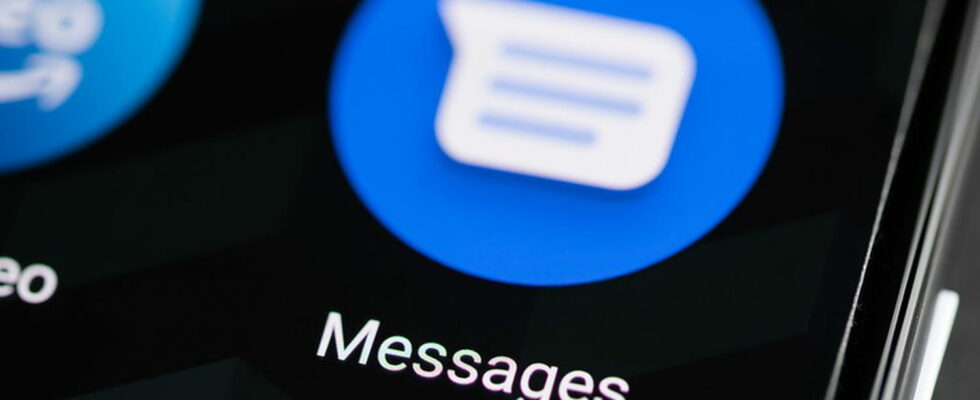The Google Messages interface will be entitled to some small improvements. Subtle changes intended to make messaging clearer and more intuitive.
Installed as standard on most Android smartphones, Google Messages is gradually being refined in the hope of establishing itself as one of the most popular instant messengers. Known for its RCS protocol, it has recently integrated a whole bunch of new functions, such as a new recorder, the Selfie GIF, better contact management and even the modification of messages afterwards.
Other significant changes are also in development, as Assemble Debug discovered for Android Authority by unmounting the APK of the application. These are mainly aesthetic changes, such as the shape of chat bubbles, the addition of functions for users of multiple SIM cards, as well as an overhaul of the GIF selection interface. Enough to improve the readability and ergonomics of conversations!
Google Messages: a clearer and more ergonomic interface
One of the main changes concerns the shape of chat bubbles. In the current version, successive messages can sometimes blend into each other, giving the impression of forming a sort of block. With this new version, the oval bubbles will be better defined, which will make the exchanges easier to read. Furthermore, it will be possible to press the profile photo of your contacts in the conversation, in order to display an enlarged version of the image. But this is only for individual discussions, not in group discussions.
Another new feature this time will concern users of multiple SIM cards. Indeed, Google Messages will display the name of the SIM card from which messages are transmitted in group conversations, which will make it easier to distinguish phone numbers. Finally, instant messaging will see the GIF selection interface reorganized. Until now, they were organized using hashtags, but the next update will categorize them, making them easier to find and use.
These improvements are expected to be rolled out in a future app update. Note, however, that these functions, as they are still in development and are therefore not yet publicly available, could still evolve between now and their official launch.

